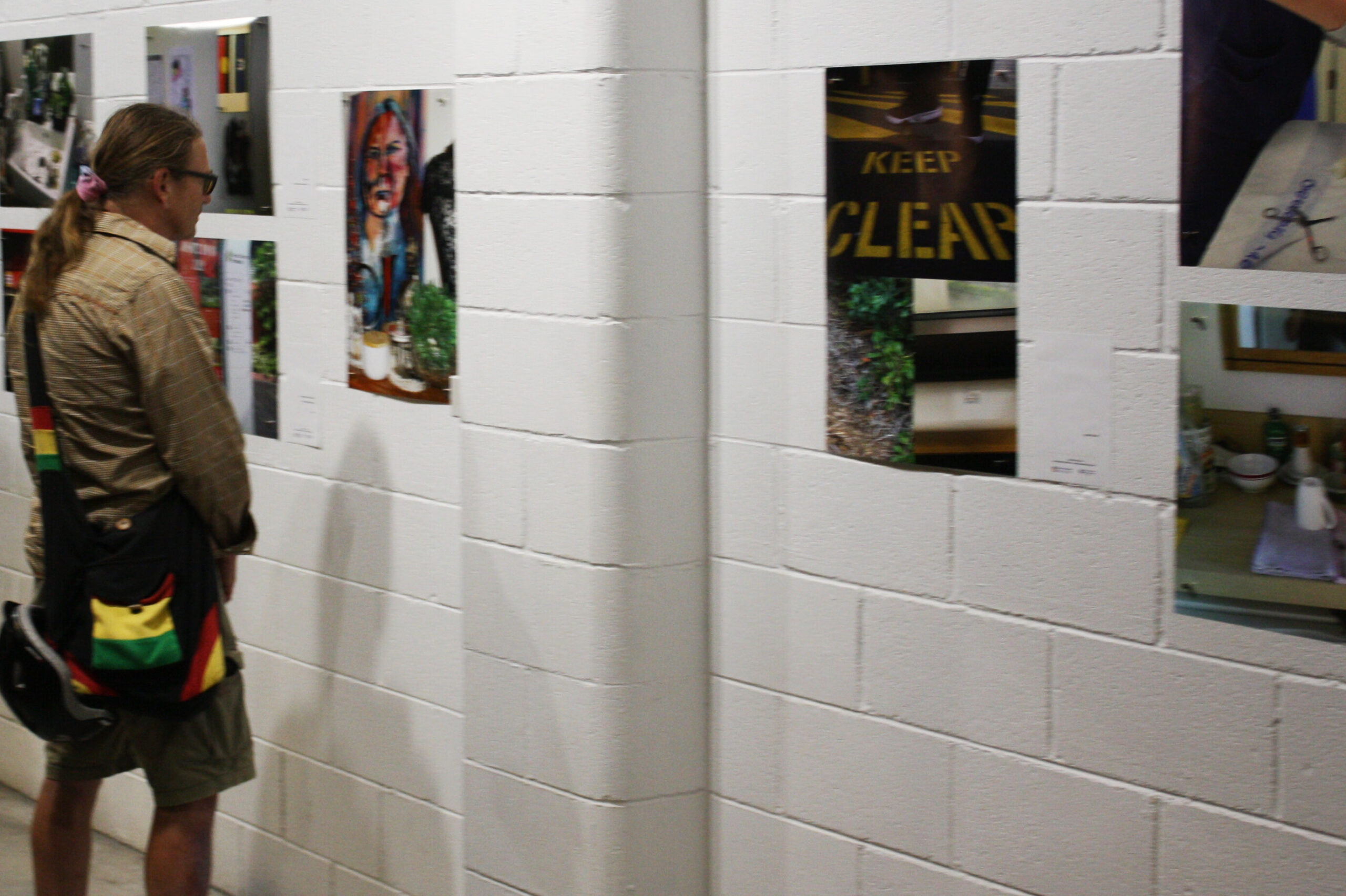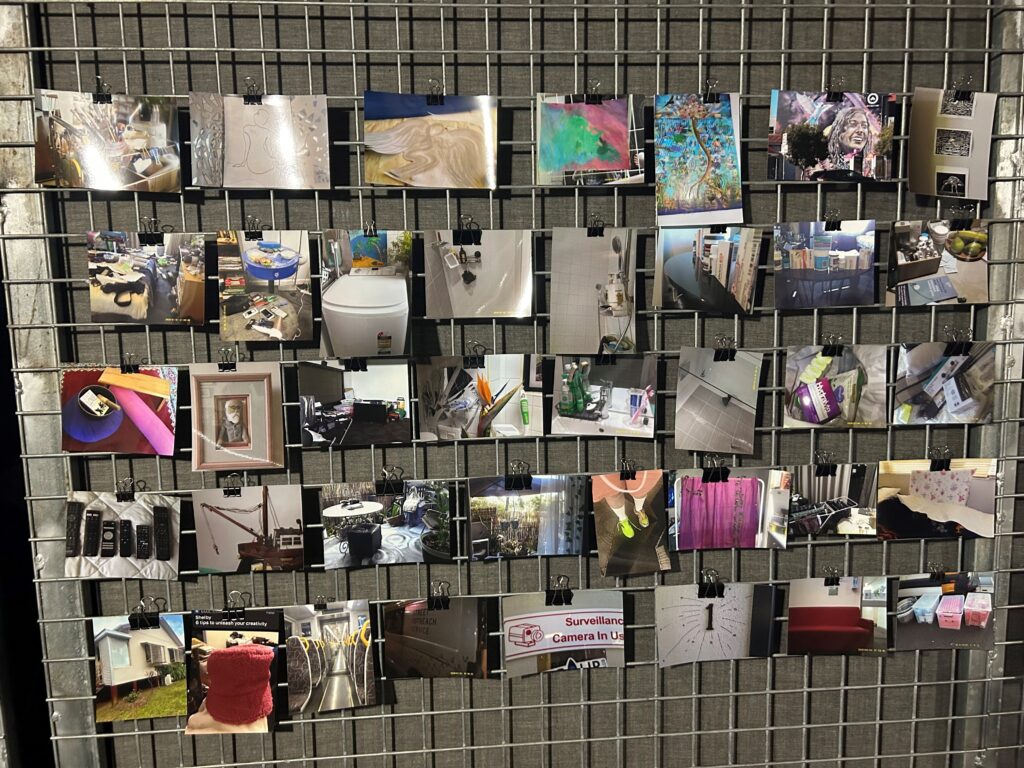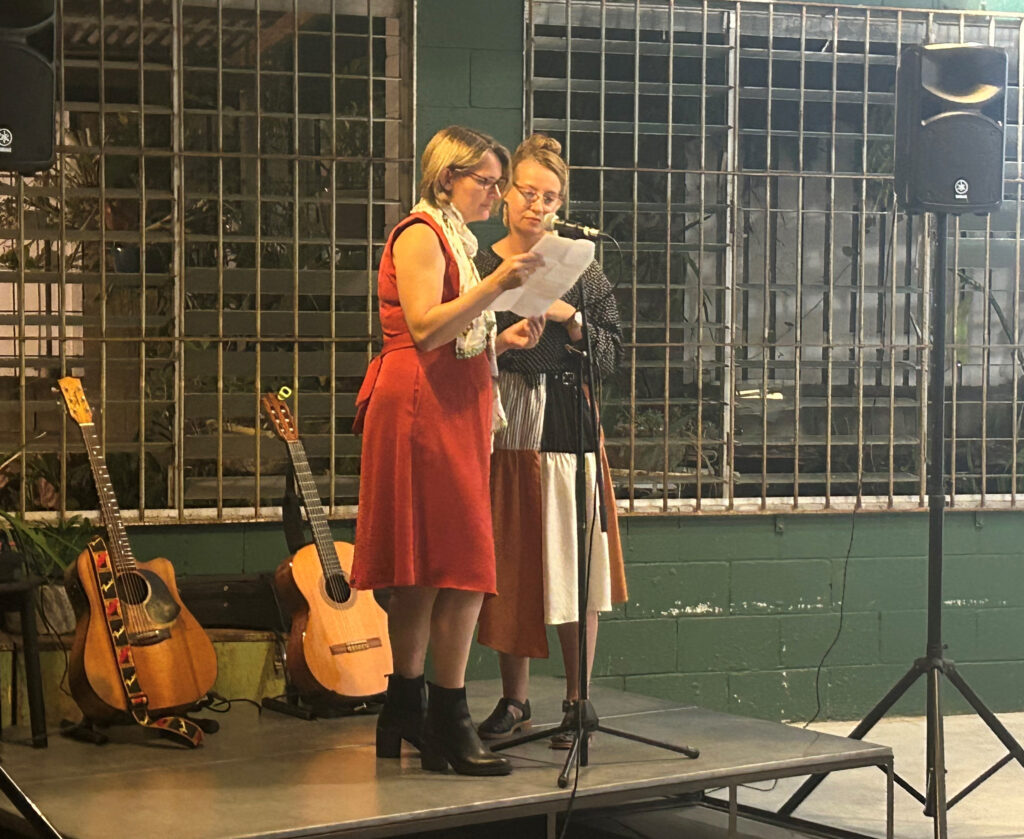“What I see in these pictures and what really ties this exhibition together is care. These people care about themselves and they care about their communities.”
These are the words of Life Course Centre Research Fellow Dr Stefanie Plage when describing her project, ‘Health Home Hope’ – a photographic exhibition on housing and health’.
This highly collaborative research project provides a unique visual insight into the lived experiences of homelessness and housing insecurity. While we hear a lot about this issue from other sources in the media, it is rare to receive direct representations from the perspectives of those experiencing it.
This was the mission of the ‘Health Home Hope’ project, with participants given a camera and an invitation to tell their story. The result is an inspiring collection of photographs that challenge common beliefs and stereotypes about people experiencing homelessness, especially the assumption that they ‘don’t care’.

‘Health Home Hope’ was first displayed at Vacant Assembly in West End in Brisbane in April, followed by a pop-up display at the University of Queensland St Lucia Open Day in August.
“The photographs and accompanying captions evoke how homelessness and housing insecurity result in considerable suffering. Yet, they also tell stories of ingenuity and solidarity in the pursuit of health,” Dr Plage said.
“The exhibition reimagines ‘health’ in the context of housing instability as something that is lived and done in relation with others. It also asks us to consider what needs to be done to better support the health of people who are homeless or unstably housed.”

The opening night of ‘Health Home Hope’ at Vacant Assembly was attended by 60 guests, including study participants and researchers and key stakeholders from government and non-government organisations active in the housing and social care sector. It included musical performances and an address by Brisbane City Councillor for the Gabba Ward Jonathan Sriranganathan, who said housing insecurity had many negative impacts in fragmenting communities, but the idea of ‘hope’ meant positive collective action was possible from the ground-up, not just the top-down.

Dr Plage said the display of the participant-produced photographs has succeeded in generating important discussions around what health means, and looks and feels like, in the context of homelessness and housing instability. “I really want to thank all the participants for the different perspectives they contributed to this project, for sharing their experiences and helping take them to a broader audience,” she said.
This research project brought together a range of UQ researchers with Brisbane homelessness and housing support service providers and advocates, and the people they assist. It was supported by the Life Course Centre and Brisbane-based not-for-profit community service provider, Micah Projects, and included collaborations with the St Vincent de Paul Society and the UQ School of Social Science and School of Communication and Arts.
The exhibition curatorial team comprised: Dr Stefanie Plage (Life Course Centre, UQ School of Social Science); Robert Perrier; Dr Andrea Bubenik (UQ School of Communication and Arts); Kirsten Baker (Micah Projects); Dr Rose-Marie Stambe, Dr Ella Kuskoff, Professor Cameron Parsell (Life Course Centre, UQ School of Social Science).